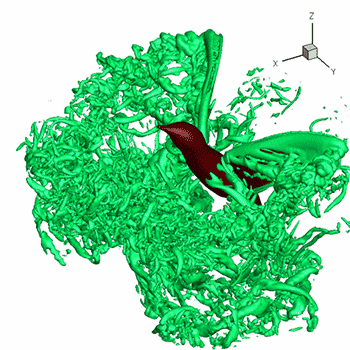Graph #f(x)=2+lnx#
First think about the graph of #f(x)=e^x#. It is an increasing exponential with a horizontal asymptote at #y=0# and passes through the point #(color(red)0,color(blue)1)#.
graph{e^x [-10, 10, -5, 5]}
The graph of #f(x)=lnx# is the inverse of #f(x)=e^x# and has a vertical asymptote at #x=0# and passes through the point #(color(blue)1,color(red)0)#
graph{lnx [-10, 10, -5, 5]}
The graph of #f(x)=color(red)2+lnx# is just the vertical transformation of #lnx# shifted up by #color(red)2#. It will also have a vertical asymptote at #x=0# but will pass through the point #(color(blue)1, color(red)(0+2))# or #(color(blue)1, color(red)2)#
graph{lnx+2 [-10, 10, -5, 5]}

